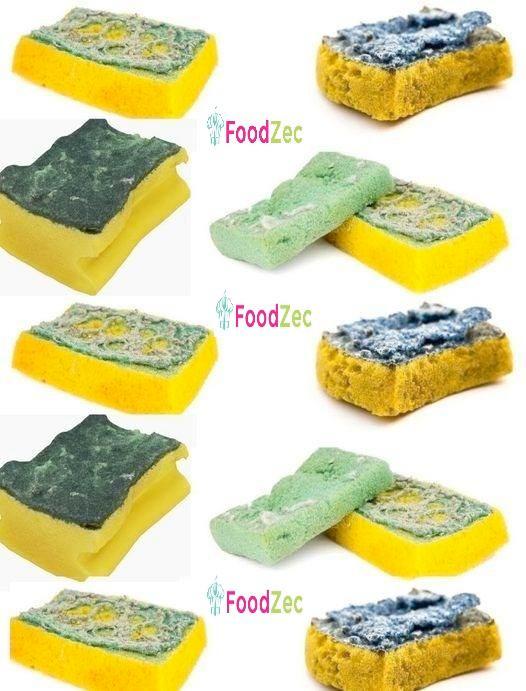ADVERTISEMENT
Preparing the mixture:
In a bag:
Add the desired amount of soil to a large bag or container.
Mix it all together:
Incorporate the cut sponge pieces into the soil. Mix well to ensure that the sponges are evenly distributed throughout the soil.
Using in pots:
Add a little soil:
Place a layer of soil in the bottom of the pot.
Add a layer of your new mix:
Add a layer of your soil-sponge mix on top of the first layer of soil.
Repeat as needed to fill the pot, alternating layers of soil and soil-sponge mix.
This process maximizes the benefits of the sponges in the soil, improving moisture retention and aeration, while ensuring a healthy environment for your plants’ roots.
Benefits of Using Sponges in Gardening
Retain Soil Moisture
Sponges help the soil to accumulate enough moisture without affecting plant development. They act as water reservoirs, absorbing excess moisture and gradually releasing it as the soil dries out. This helps maintain a constant moisture level, which is crucial for healthy plant growth, especially during drought.
Protect Roots
Sponges provide additional protection to roots, helping them grow stronger and healthier. By creating a stable and well-ventilated environment, sponges reduce stress on roots, facilitating their development. In addition, sponges prevent roots from rotting by preventing excessive accumulation of water, while providing a protective barrier against temperature fluctuations and physical shocks.
Frequently Asked Questions
Are all sponges suitable?
No, it is advisable to use biodegradable sponges and not synthetic ones so as not to pollute the environment. Biodegradable sponges, made from natural materials such as cellulose, decompose without leaving toxic residues, unlike synthetic sponges which can release microplastics and other pollutants.
How long do sponges last in the soil?
Read more in the next page
ADVERTISEMENT
